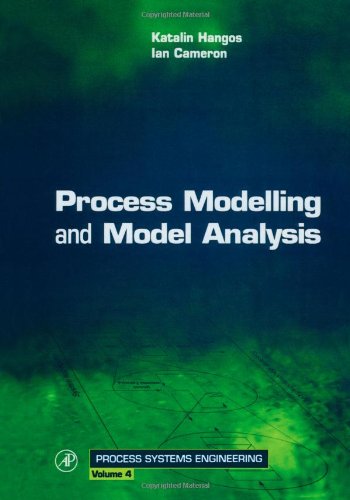Process Modelling and Model Analysis book download
Par cameron christine le samedi, juillet 9 2016, 02:26 - Lien permanent
Process Modelling and Model Analysis by George Stephanopoulos, Ian T. Cameron, John Perkins, Katalin Hangos


Download eBook
Process Modelling and Model Analysis George Stephanopoulos, Ian T. Cameron, John Perkins, Katalin Hangos ebook
Page: 561
ISBN: 0121569314, 9780121569310
Format: pdf
Publisher: Academic Press
Be Informed, which provides businesses a way to build model-driven semantic applications, unveiled a new partnership and a gratis version of its software for users at the Semantic Technology & Business conference this week. A few weeks ago, in a blog post, I asked about the relationship between business process modeling and business capability modeling. The choice of technique generally depends on the nature of the problem as well as the characteristics of the variable to be used in the analysis. So capturing the existing “as is” or “current state” process is an important first step in Business Process Modeling. The narrative structure may, but need not, . To run an efficient and effective organization in today's world, business users need to be able to clearly analyze and understand business activities, model repeatable processes, and have clear visibility into process executions. If you are working on a model and have not built the preceding model(s) then you are not going to achieve a Quality outcome. I asked some open ended questions to get honest feedback. Scoring is the method of substituting the value of the independent predictors in the mathematical relationship obtained by the modeling process, in order to obtain the 'prediction' for the parameter of interest. This creates a positive feedback loop, a “snowball effect” similar to “analysis paralysis” that must be balanced by some means, in our example iterative development. So basically Business Process Modeling is an engineering discipline, which is used in business analysis applications. Colosa introduces Social Business Process Analysis (BPA) with ProcessMapper: Industry-compliant, cloud-based social business process modeling and analysis. Markov random field (MRF) theory provides a basis for modeling contextual constraints in visual processing and interpretation. Without this vital information all analysis will be based on assumptions that may not have any empirical value. The lessons that process modellers can take away from narratives, are probably less important for modeling than for how we can make our models interesting, entertaining, easy to understand etc. These techniques are available in Predictive Analytics software such as SPSS and R.